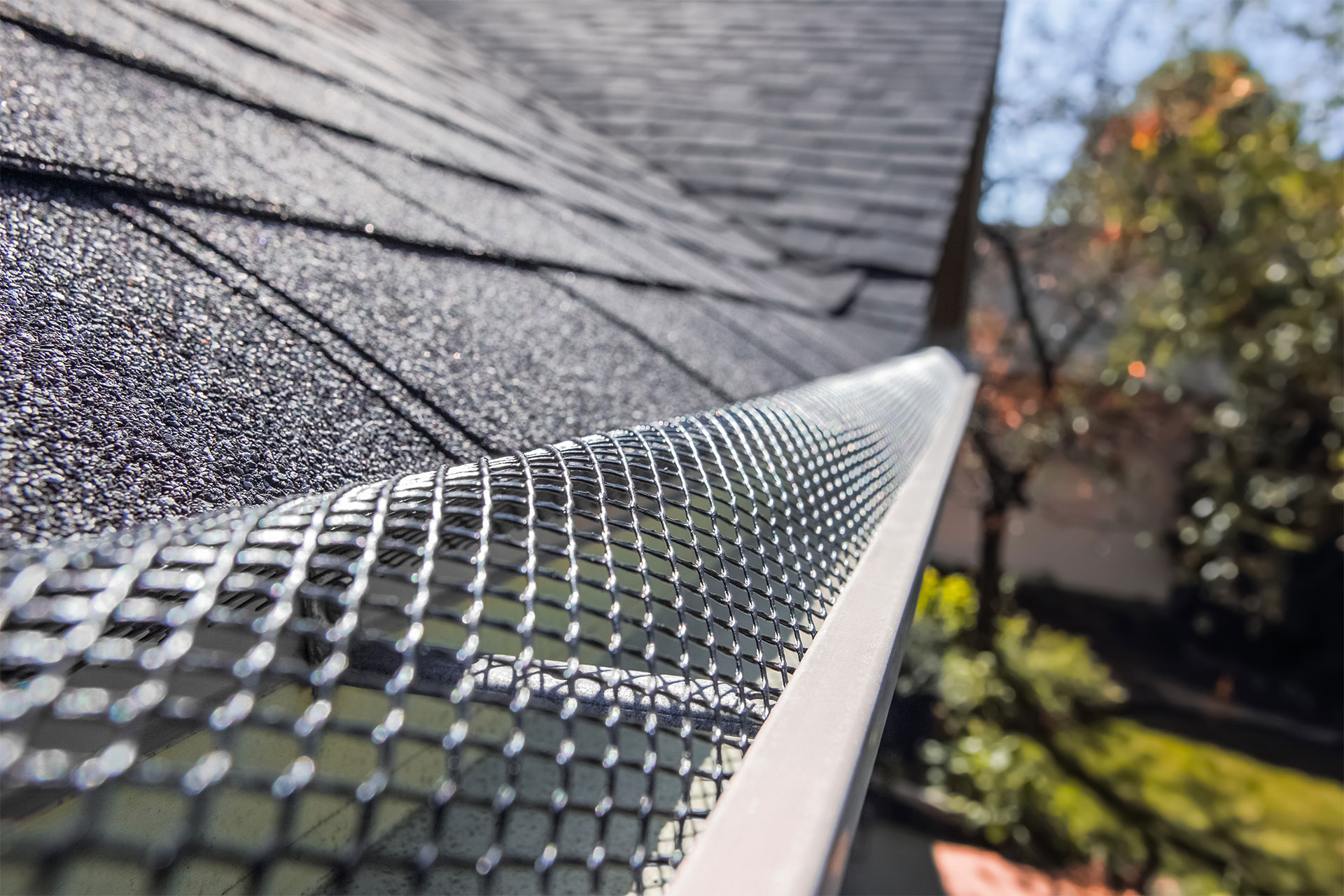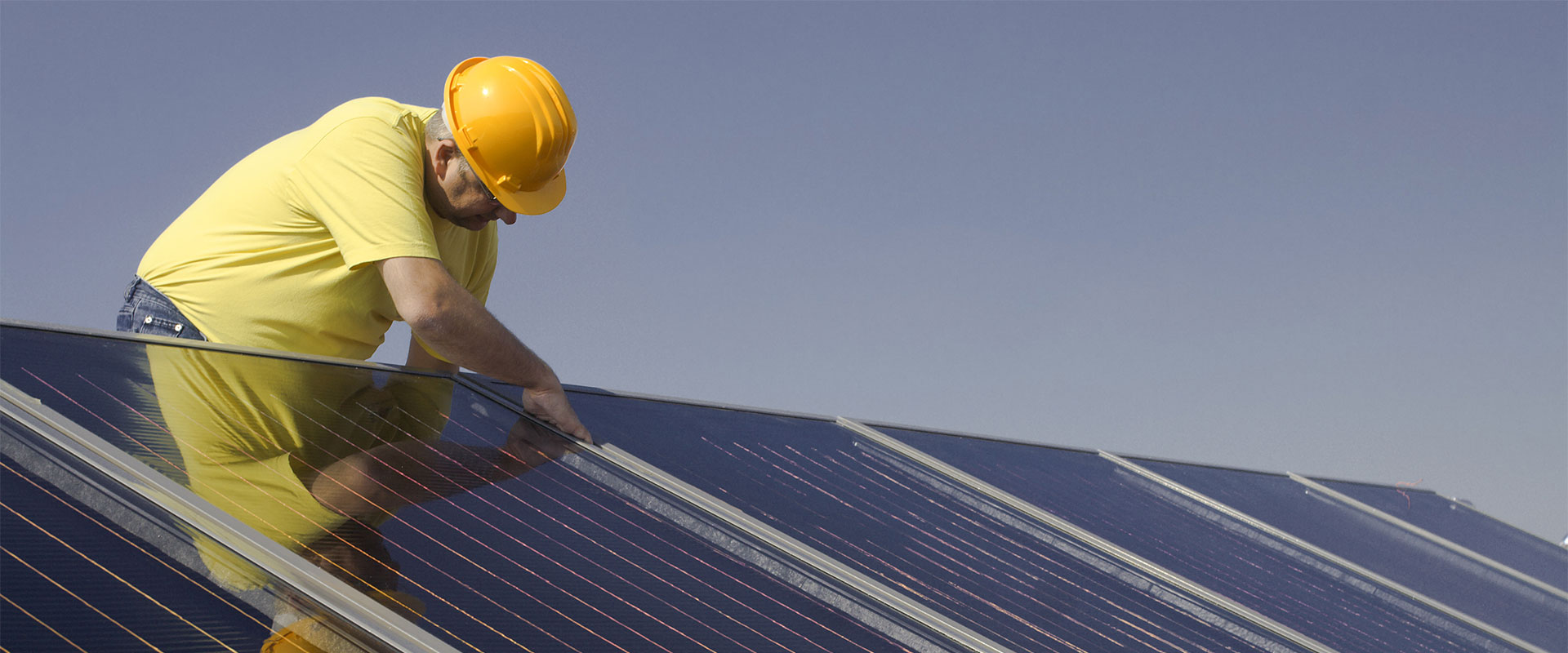April 15, 2025
Roof Maintenance Habits
Here are 7 roof maintenance habits that can save you money. Let’s face it, almost no one likes to do house repairs. It takes too much time, and that’s if you know what to do to be with. This applies to most repairs you might do, most of all your roof.
But does it matter that much anyway? Well, to begin with, a GAF 2012 study showed that 80% of roof replacements take place prematurely. Over a lifetime, a repairs program that is tax-deductible can save up to 50% over the lifespan of a roof. With the national average range for roof replacement going up to US$ 10,000 (and many roofs costing multiples of that amount), you could end up saving thousands of dollars that you could invest differently.
But what if you don’t know much about roof repairs or don’t have the time? There are some simple habits that require little dexterity and time, and most involve catching the culprits and not necessarily fixing them yourself.
Most roofers will offer you a free inspection. You can then look for the right roofing contractor to fix your roof or carry out any necessary repairs.
7 Roof Maintenance Habits That Can Save You Money Down The Line
- Trim the trees
Branches from trees around your roof can scratch and gouge your roofing material. If you live in an area that’s prone to storms or high winds, these can send them crashing into your roof and causing damage over time. The falling leaves from the branches can also clog the gutters very quickly.
The more wear and tear your roof experiences, the sooner you might have to repair or replace it. Missing shingles or gouged areas of the roof can let water and moisture under the roof, which could lead to mildew and mold.
Late winter when the trees are dormant is the best time to trim overhanging branches. Trimming trees can be dangerous, so the best approach is to have a professional do the work for you.
- Make sure there’s good insulation
Attics with good insulation and ventilation help prevent moisture build-up on your roof. They also save you large sums in energy bills over time: a quarter of the heat is lost through the roof in an uninsulated home. Proper insulation normally pays for itself in energy savings within less than 2 years of installation.
If the attic has no condensation problems, then a DIY insulation installation should be straightforward. A professional can still do this for you if you’re looking for an alternative to DIY.
And if you still need more convincing, proper insulation not only reduces the carbon footprint of your home, but also increases its value. Insulation can have a 116% return on investment, i.e. a $1 dollar investment increases your home’s value by $1.16 dollars. Not a bad deal at all!
- Check the attic on a regular basis
Forming water stains in the attic are good reason to get your roof inspected and repair any damage early on. Generally, a roof can leak for weeks and even months before damage is overtly visible, so you want to be on the lookout for any signs of leakage as soon as possible.
Leaks can eventually lead to mold and mildew, counting costs as they progress.
While you want to make regular checks in the attic, the best time to expose any problems is on rainy days. If the attic is dark, then a flashlight could help you spot the areas that need attention wherever forming water reflects the light.
- Clean the gutters
Clogging gutters can cause water to back up into the attic and form mildew. They can also lead to rotting fascia boards down the line.
Cleaning the gutters at least twice a year can save you in roof and gutter repairs. A way to reduce the necessary cleaning chores as much as possible is to install a gutter guard, which would keep leaves from collecting.
- Check and repair the gutters immediately
If the gutters appear to be damaged or are sagging away from the roof (or tilting away from the roofline), that is enough reason to repair them as soon as possible.
Sagging gutters can lead to landscape erosion, flooded basements, and even damage to your home’s foundation. A walk along the gutters every now and then can save you lots of headaches down the line.
- Take a cue from the siding
If the siding on your home shows signs of hail damage, chances are that you roof has sustained some damage as well. If you’re looking for additional signs of hail damage, then dents in the gutters, downspouts, or even any external air conditioning units are a telltale sign that your roof needs an inspection.
The amount of damage a roof sustains depends on the quality of the roofing material, its age, and installation, as well as the hail itself. While damage to metal roofs is very easy to spot, damage to asphalt shingles might be tougher to distinguish for the untrained eye.
If you’re unsure as to whether your roof has been damaged, or if there is visible hail damage, call in your roofer as soon as you can to prevent any simple repairs from turning into water leaks or other costly problems.
- Take a look at your roof every once in a while.
It doesn’t hurt to glance at your roof every now and again, even if from the ground. Lifting or missing shingles are a sign that you need to take action either to catch a larger issue as soon as you can, or save money by preventing any issues down the line.
Related Posts:
Trusted by some of the biggest names in the business!














